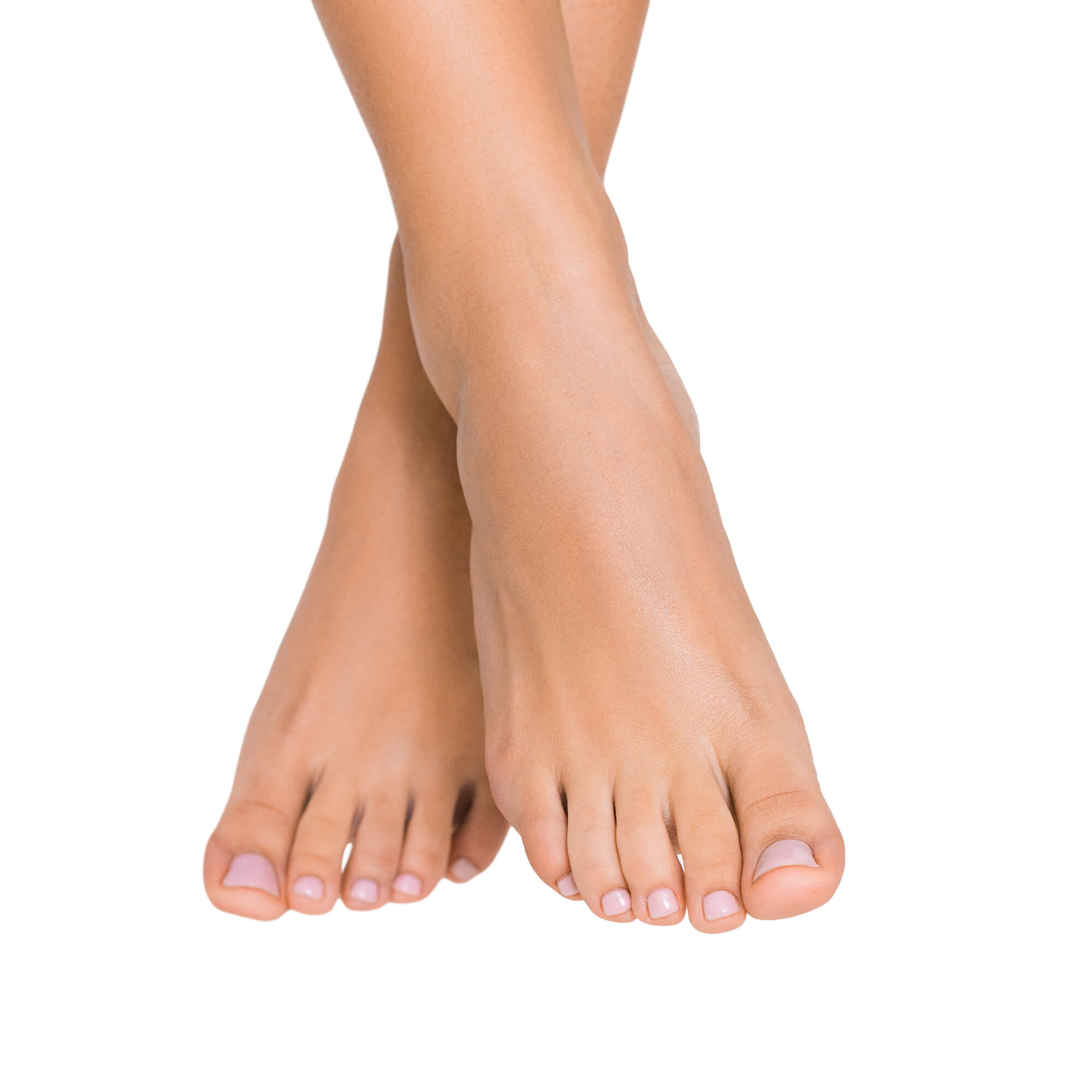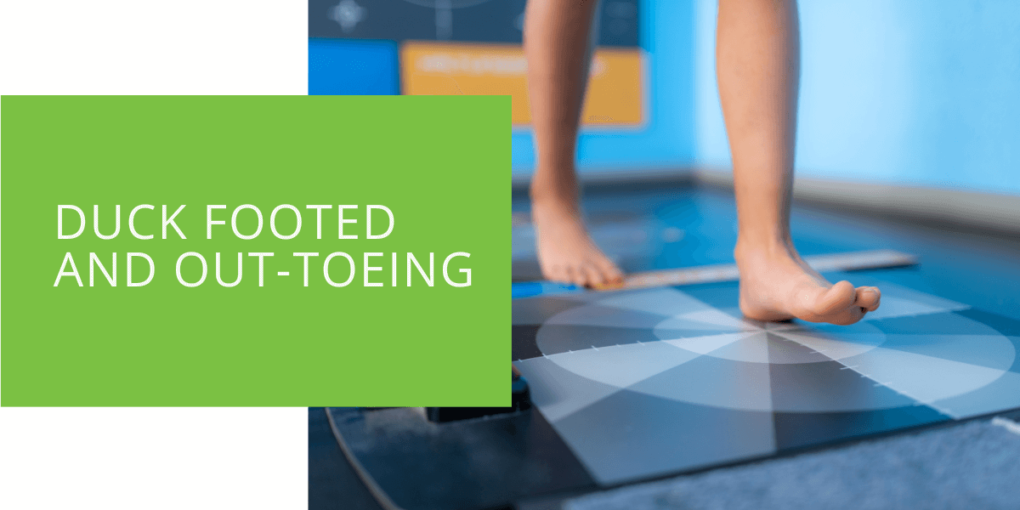Understanding Duck Footed and Out-Toeing
Duck Footed and Out-Toeing are two common foot and leg alignment conditions that can affect people of all ages. These conditions, also known as varus and valgus deformities, can cause altered gait, balance issues, and discomfort while walking or standing. This article will explore the causes, symptoms, and treatment options for out-toeing and duck foot, as well as ways to manage and prevent them.
What is Duck Footed and Out-Toeing?
Duck footed, also known as varus deformity, is a condition in which the feet are turned inward at the ankles, causing the toes to point towards each other. This can result in a "duck-like" appearance and gait. Out-Toeing, or valgus deformity, is the opposite. With out-Toeing, the toes point away from each other, and the feet are turned outward at the ankles. Both conditions can cause abnormal alignment of the lower legs and feet, leading to potential issues with balance and gait.
While duck footed and out-toeing are relatively common, they are often not serious and can resolve on their own as the child grows. However, in some cases, these conditions may persist into adulthood and cause long-term discomfort and functional issues.
Causes of Duck Footed and Out-Toeing
Several factors can contribute to the development of duck footed and out-toeing. These include:
- Genetics: Some people are more prone to developing these conditions due to inherited foot and leg structures.
- Muscular imbalances: If certain muscles in the lower legs and feet are tight or weak, it can be hard to stay straight and straightened.
- Foot deformities: Certain foot deformities, such as flat feet or high arches, can also contribute to these conditions.
- Developmental conditions: Children with developmental conditions such as cerebral palsy may be more likely to develop duck footed or out-toeing due to muscle imbalances or other factors.

Symptoms and Complications of Duck Footed and Out-Toeing
The main symptoms of duck footed and out-toeing are altered gait and balance issues. These conditions can also cause pain and discomfort while walking or standing, as the feet and legs are not properly aligned. In addition, people with these conditions may be at increased risk of falls due to their altered gait and balance. Over time, duck footed and out-toeing can also cause strain on the feet and ankles, leading to potential long-term issues.
Diagnosis and Treatment of Duck Footed and Out-Toeing
If you or a loved one may have Duck Footed or Out-Toeing, it's important to see a healthcare professional for a proper treatment plan and diagnosis. A podiatrist is a healthcare professional who specializes in the feet and lower legs. They can perform a physical examination and may order x-rays to check the alignment of the legs and feet.
Based on the severity of the condition and any underlying factors, the podiatrist may recommend a variety of treatment options, including:
- Exercises: Stretching and strengthening exercises can help improve muscle balance and alignment in the lower legs and feet.
- Physical therapy: A physical therapist can work with the individual to teach proper balance and gait techniques and improve muscle strength and flexibility.
- Orthotics: Custom orthotics, inserts inside the shoes, can help correct alignment and support the feet and ankles.
- Surgery: In severe cases, surgery may be necessary to correct the alignment of the lower legs and feet.

Preventing and Managing Duck Footed and Out-Toeing
You can do several things to prevent or manage duck footed and out-toeing. These include:
- Exercises: Regular stretching and strengthening exercises can help maintain muscle balance and alignment in the lower legs and feet.
- Proper footwear: Wearing shoes that fit properly and provide adequate support can help prevent these conditions from worsening.
- Regular check-ups: Seeing a podiatrist regularly can help identify potential issues early on and allow for prompt treatment.
- Early treatment: If an underlying condition, such as cerebral palsy, is causing duck footed or out-toeing, early treatment can help control or prevent these problems with your foot and leg.

Conclusion
Duck footed and out-toeing are common foot and leg alignment conditions that can cause altered gait, balance issues, and discomfort while walking or standing. While these conditions often resolve as the child grows, they can persist into adulthood and cause long-term issues.
Treatment options, such as exercises, physical therapy, and orthotics, can help correct alignment and manage these conditions. Following proper footwear, stretching and strengthening exercises, and regular check-ups with a podiatrist can help reduce the risk of developing out-toeing or duck foot.
FAQ
What is Duck Footed and Out-Toeing?
Duck footed, also known as varus deformity, is a condition in which the feet are turned inward at the ankles, causing the toes to point towards each other. Out-Toeing, or valgus deformity, is the opposite condition, in which the feet are turned outward at the ankles, causing the toes to point away from each other. These conditions can cause abnormal alignment of the lower legs and feet, leading to potential issues with balance and gait.
What causes Duck Footed and Out-Toeing?
There are several factors that can contribute to the development of duck footed and out-toeing, including genetics, muscular imbalances, foot deformities, and developmental conditions such as cerebral palsy.
What are the symptoms of Duck Footed and Out-Toeing?
The main symptoms of duck footed and out-toeing have altered gait and balance issues. These conditions can also cause pain and discomfort while walking or standing, as the feet and legs are not properly aligned. In addition, people with these conditions may be at increased risk of falls due to their altered gait and balance.
How is Duck Footed and Out-Toeing diagnosed and treated?
If you suspect a loved one may have duck footed or out-toeing, it's important to see a healthcare professional for a proper diagnosis and treatment plan. A podiatrist can perform a physical examination and possibly order imaging tests such as x-rays to assess the alignment of the feet and legs. Based on the severity of the condition and any underlying factors, the podiatrist may recommend various treatment options, including exercises, physical therapy, orthotics, and surgery in severe cases.
How can I prevent or manage Duck Footed and Out-Toeing?
You can do several things to prevent or manage duck footed and out-toeing, including regular stretching and strengthening exercises, wearing proper footwear, and seeing a podiatrist regularly. If an underlying condition such as cerebral palsy contributes to duck footed or out-toeing, early treatment can also help prevent or manage these foot and leg alignment issues.
Can Duck Footed and Out-Toeing be corrected?
Depending on the severity of the condition and any underlying factors, duck footed and out-toeing can often be corrected or improved with treatment. Exercise, physical therapy, and orthotics can help correct alignment and manage these conditions. In severe cases, surgery may be necessary to correct the alignment of the lower legs and feet.
How do I know if my child has Duck Footed or Out-Toeing?
If your child's feet turn inward or outward excessively or have a waddle or altered gait, they may have duck footed or out-toeing. It's important to see a healthcare professional, such as a podiatrist, for a proper diagnosis and treatment plan.
Can Duck Footed and Out-Toeing cause posture issues?
Poor foot and leg alignment can contribute to overall posture issues. If the lower legs and feet are not properly aligned, it can affect the position of the rest of the body, potentially leading to poor posture.
Can Duck Footed and Out-Toeing be corrected with exercises alone?
In some cases, exercises alone may be sufficient to correct or improve duck footed and out-toeing. However, the severity of the condition and any underlying factors will determine the most appropriate treatment plan. In more severe cases, other treatments such as physical therapy or orthotics may be necessary in addition to exercises.
Can Duck Footed and Out-Toeing cause pain in the heel?
If duck footed or out-toeing is left untreated, it can cause strain on the feet and ankles, leading to pain in the heel and other parts of the foot. Proper treatment, such as exercises, physical therapy, and orthotics, can help alleviate this strain and reduce pain.
Can Duck Footed and Out-Toeing cause the femur and tibia to turn outwards?
Duck footed and out-toeing can cause the feet to turn inward or outward, which can, in turn, cause the lower legs (femur and tibia) to turn in the same direction. This can lead to altered gait and balance issues.
Is it normal for a child's feet to turn outwards while walking?
It is not uncommon for children to have some degree of out-toeing as their bodies are still developing. However, if the feet turn outwards excessively or if it is causing discomfort or altered gait, it is important to see a healthcare professional for a proper evaluation and treatment plan.
Is it normal for a child's feet to turn inwards while walking?
It is not uncommon for children to have some degree of in-toeing, as their bodies are still developing. However, if the feet turn inwards excessively or if it is causing discomfort or altered gait, it is important to see a healthcare professional for a proper evaluation and treatment plan.
Can Duck Footed and Out-Toeing be corrected with proper posture?
Proper posture is important for overall health and well-being, but it is not typically sufficient to correct duck footed or out-toeing. Treatment options such as exercises, physical therapy, and orthotics may be necessary to correct the alignment of the lower legs and feet.

